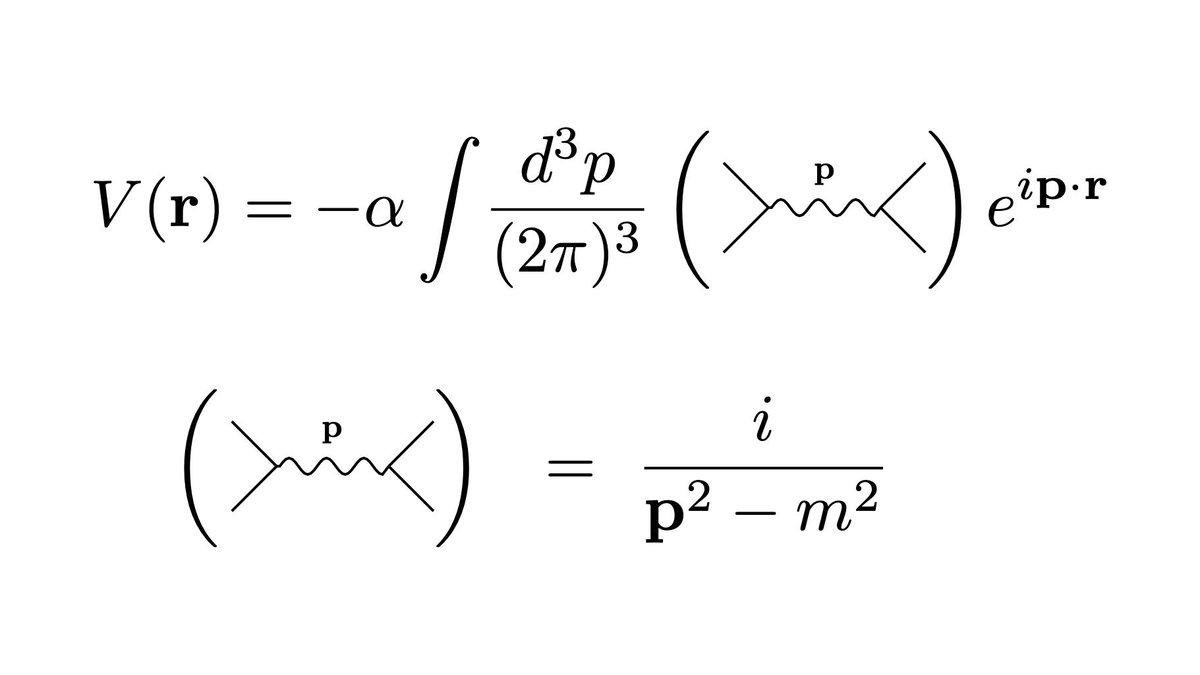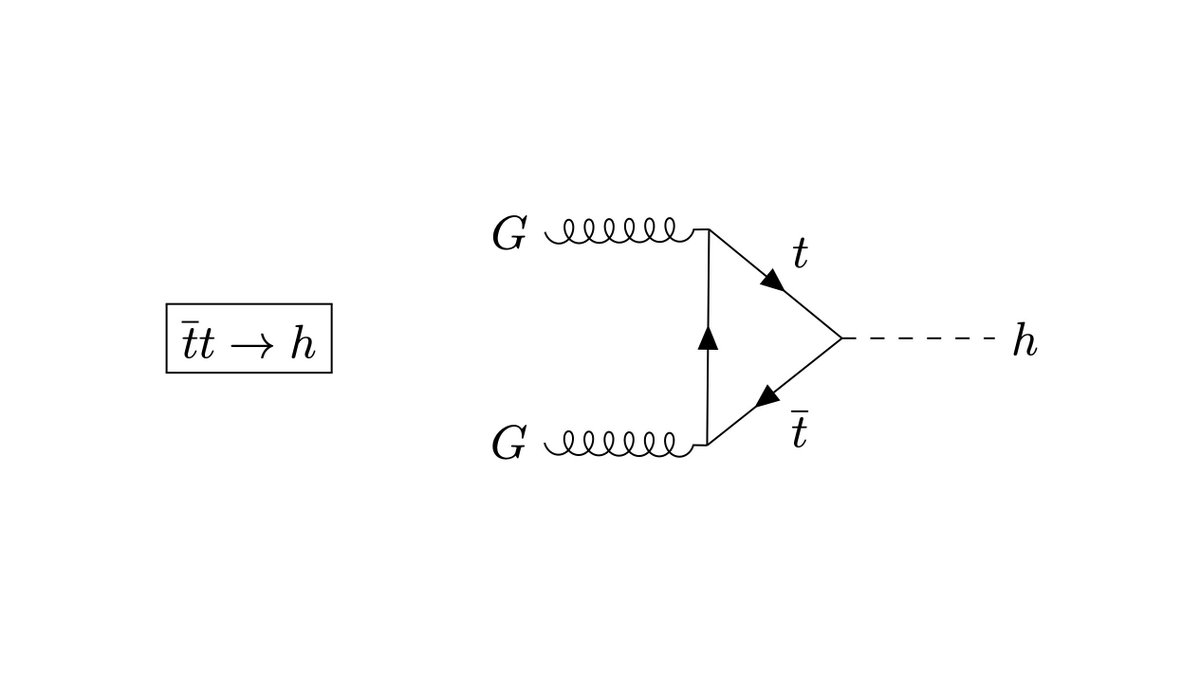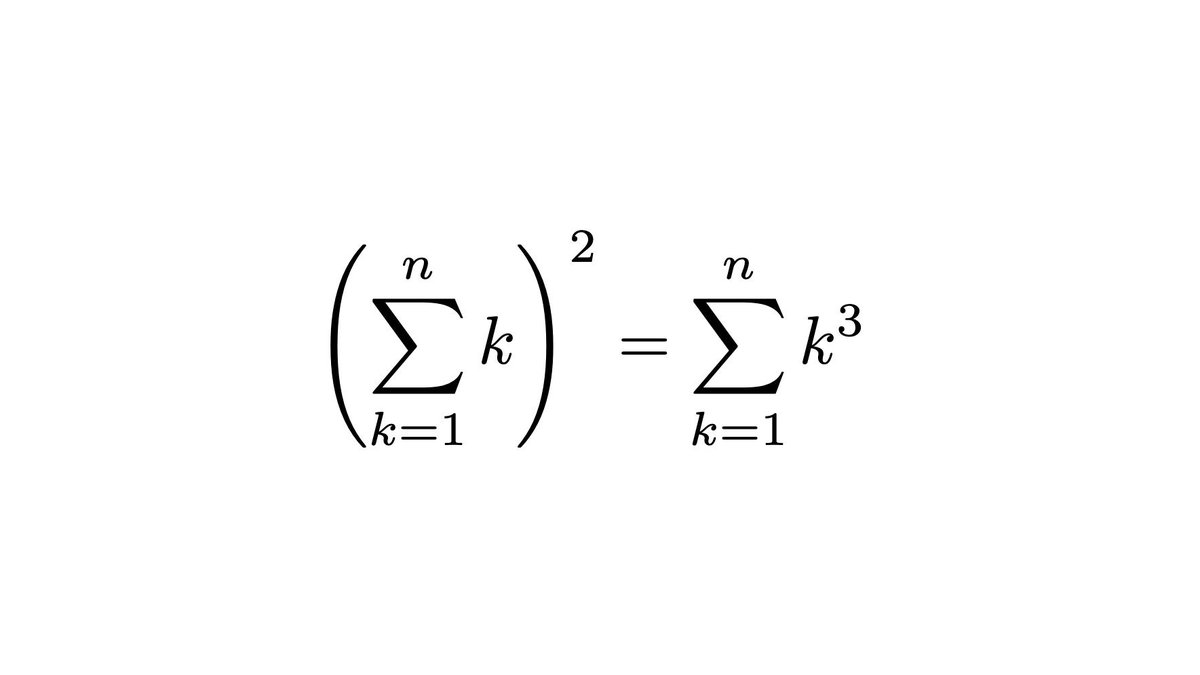
The curves traced out by the intersection of two lines rotating at different speeds
i'm not sure why i did this but i'm glad i did
A neat fact i found was that if the ratio of the speeds ω is not rational then the the curves traced out are non-periodic (and hence make for bad gifs)
So @KangarooPhysics has made me aware that this has a fascinating connection with electromagnetism
https://twitter.com/kangaroophysics/status/1291126278670753792?s=21https://t.co/plwD251aFX
I hope you all realize how cool this is
• • •
Missing some Tweet in this thread? You can try to
force a refresh













